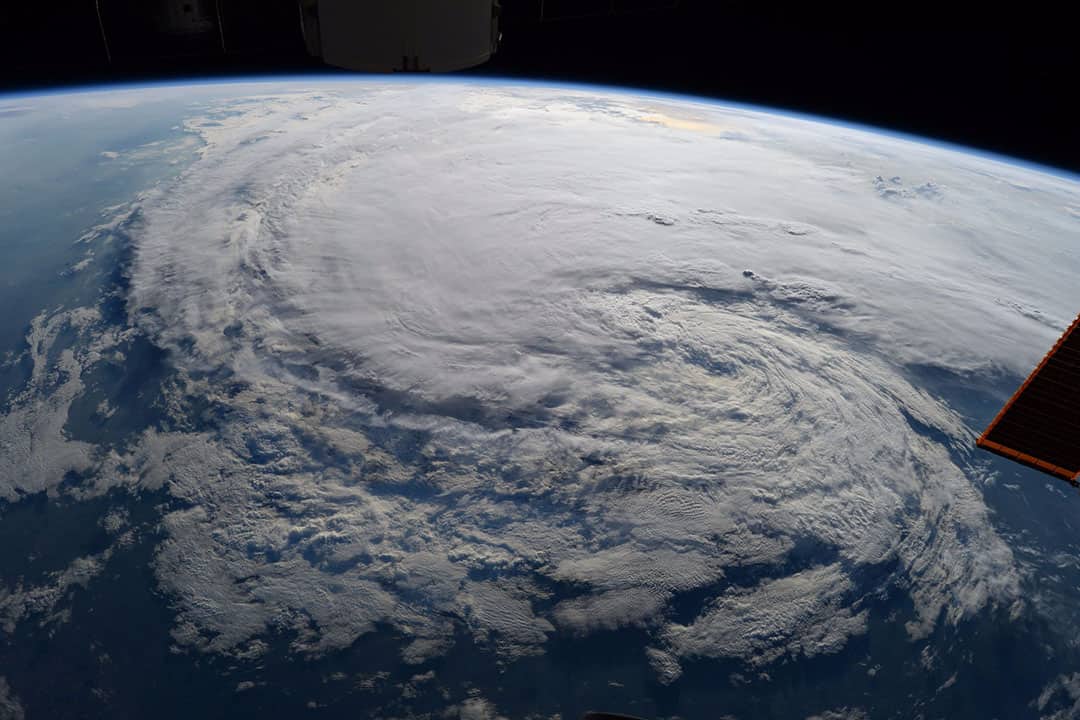On August 30, Hurricane Harvey, the first major hurricane to make landfall in the US in over a decade, finally receded from the coast of Texas after days of catastrophic flooding and the reported loss of at least 70 lives so far.
The eye of Hurricane Harvey hit land near the city of Rockport, Texas as a Category 4 hurricane on August 25. In its wake, Hurricane Harvey left at least 33,000 people in shelters, and the cost of repairs are estimated at $180 billion. The hurricane has also sparked a heated debate: was this a result of climate change?
It’s not difficult to see why many would attribute Hurricane Harvey to climate change — it intensified at an unprecedented rate, and its severity was unparalleled in the US. Hurricane Harvey broke the previous 1956 record for most rainfall from a hurricane in the continental US, with parts of Cedar Bayou, Texas getting 51.9 inches. Brock Long, the Director of the US Federal Emergency Management Agency, described Hurricane Harvey as “probably the worst disaster the state’s ever seen.”
When it comes to weather-related disasters like Hurricane Harvey, “any particular event is due to a lot of individual circumstances exacerbated by the overall warmer conditions created by the overall warming of the climate,” said Dr. Danny Harvey, a Professor of Geography at the University of Toronto.
Hurricanes are fuelled by moist air, so they need warm waters in order to develop. Hurricane Harvey began as a tropical wave off the west coast of Africa and gradually moved westward through the Atlantic Ocean. The Atlantic undergoes a natural cycle of warm and cool phases known as the Atlantic Multidecadal Oscillation (AMO).
Currently, the Atlantic is in a warm phase that has been ongoing since 1995. The warm phase of the AMO creates ideal conditions for hurricane formation, and twice as many major hurricanes — those in Category 3 and above — form in the Atlantic during warm phases than the cool phases.
The AMO phases are regulated by natural circulation of warm water to the north of the Atlantic and cool water to the south. However, some researchers believe human activity may be prolonging the warm phase of the AMO, thereby paving the way for continuous hurricanes.
Harvey said the severity of Hurricane Harvey was likely due to its passing through the Gulf of Mexico, which has also heated up due to human activity. “The Gulf of Mexico is warmer, like one and a half to four degrees in different places than… average, so that certainly would’ve provided more moisture,” he said. “Warming increases the conditions, it increases the odds of getting extreme events like this.”
The hurricane also happened to stall near the Texan coast when it hit. Climatologists attribute the stalling to weak winds around the hurricane’s path. Harvey believes it was unlikely that climate change had much to do with Hurricane Harvey’s severity, and that more scientific analysis would be required before researchers can determine whether or not climate change influenced the surrounding wind patterns. “But having stalled… because it came from a warmer than average Gulf of Mexico, it dumped more water than it would have otherwise,” he said.
Although global warming “undoubtedly” played some role in this calamity, Harvey said that it’s hard for meteorologists to make definitive statements about the effects of climate change on severe weather.
Most of the information on how climate change affects hurricane strength comes from computer simulations measuring the statistical distribution of storms. “Typically what scientists, meteorologists do is they will compare their computer models with the warmer Gulf of Mexico and see how [much] more frequently something like Hurricane Harvey occurs in the warmer conditions, and then on the basis of that very painstaking work, they can say, ‘Okay, the warming of the climate increased the odds by X per cent.’” Only after lengthy analysis of these models can meteorologists begin to make statements on the likelihood of climate change affecting hurricanes.
According to Harvey, we can expect more extreme weather like this in the future as Earth’s climate warms. “Whether you’re talking hurricanes or just afternoon thunderstorms, or summer rainfall extremes, it’s a very… reliable prediction of climate models that rainfall[s]… are going to become extreme.”


